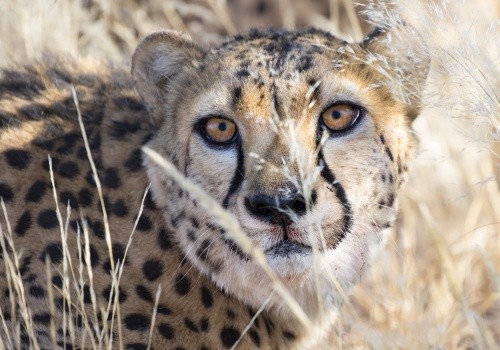Swakopmund
Enchanting, little seaside town is set in the middle of the Namib Desert. Often described as „a slice of Germany on the edge of the desert”. It has many fine German colonial buildings and a distinctly German character. Along with the region’s food specialties of rock lobster, fish and Swakopmund oysters, traditional German cuisine, including sausages, beer and pastries, can be enjoyed; among the residents German is widely spoken.
In December while the rest of the country notes high temperatures, in Swakopmund on the coast cool Benguela Current calms the heat of the sun, making this coastal town perfect tourist destination, as well as centre of all kinds of outdoor sports: sky-diving, sandboarding, paragliding, windsurfing and quadbiking. The stretch of coast is particularly known for its angling.
The appearance of the town, with its 30 000 inhabitants, is characterized by numerous colonial buildings, with the Woermann House from 1905, as its landmark. The former trading house, in Bismarck Street with its 25 m high Damara Tower, and its courtyard bordered by arcades today houses the city library and an art gallery.
Swakopmund, popularly known as “Swakop” is an oasis for German culture in Namibia and a popular tourism destination offering hundreds attractions and outdoor activities. It’s a well-known seaside resort with a slightly nostalgic atmosphere.
Driving along the stunning dune-lined coastline is particularly attractive; whether you go south to Walvis Bay (30 km) or to the National West Coast Recreation Area, in the north. The road goes right along the beach and leads to the Ugab River?s mouth and further to the fishermen’s resort of Henties Bay and Cape Cross, on the way. North of the Ugab, starts the Skeleton Coast National Park.
„Living fossil” and botanic, desert attraction Welwitchia mirabilis’ trails leads to the „moon-landscape” of the Moon Valley, presenting great opportunity for unique, scenic photography. Magnificent Crystal Gallery displays one of the world?s biggest rock crystals, as well as many semi-precious stones found in the Namibian rock formations.


